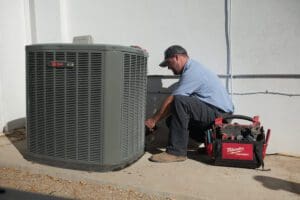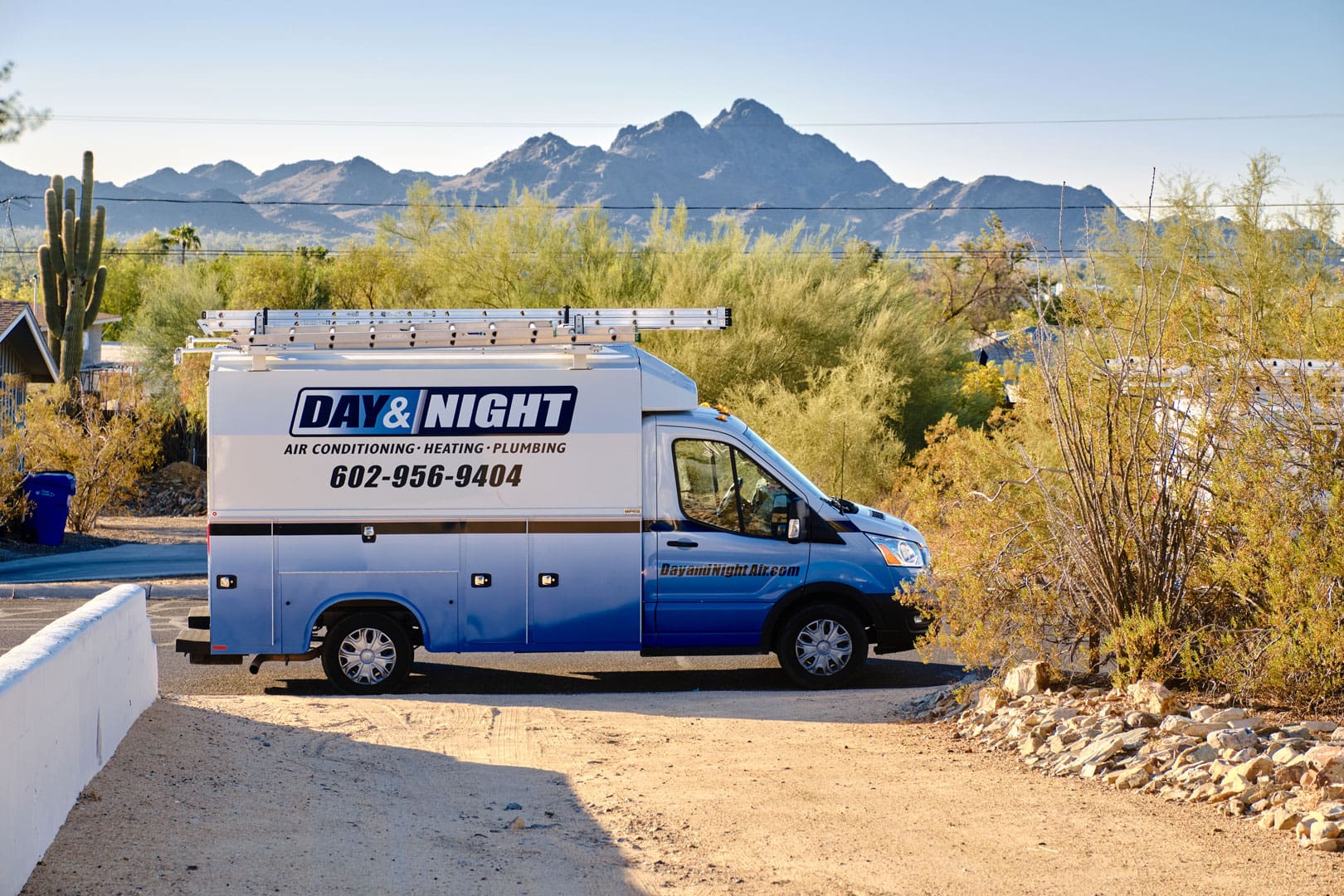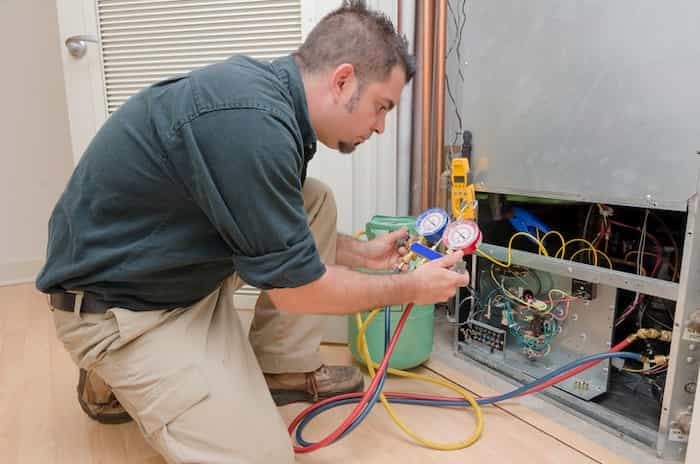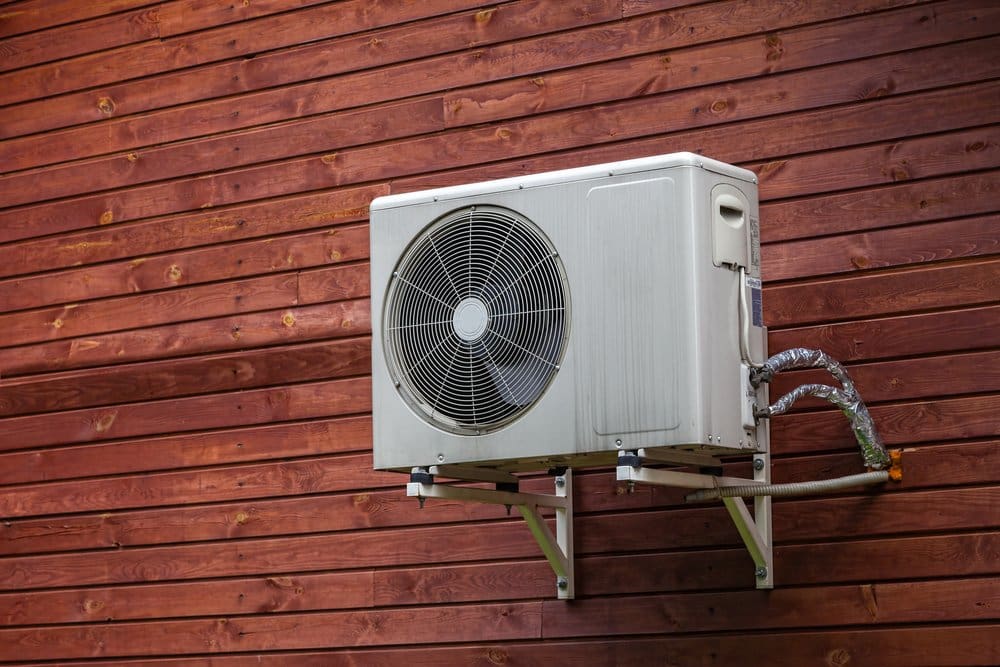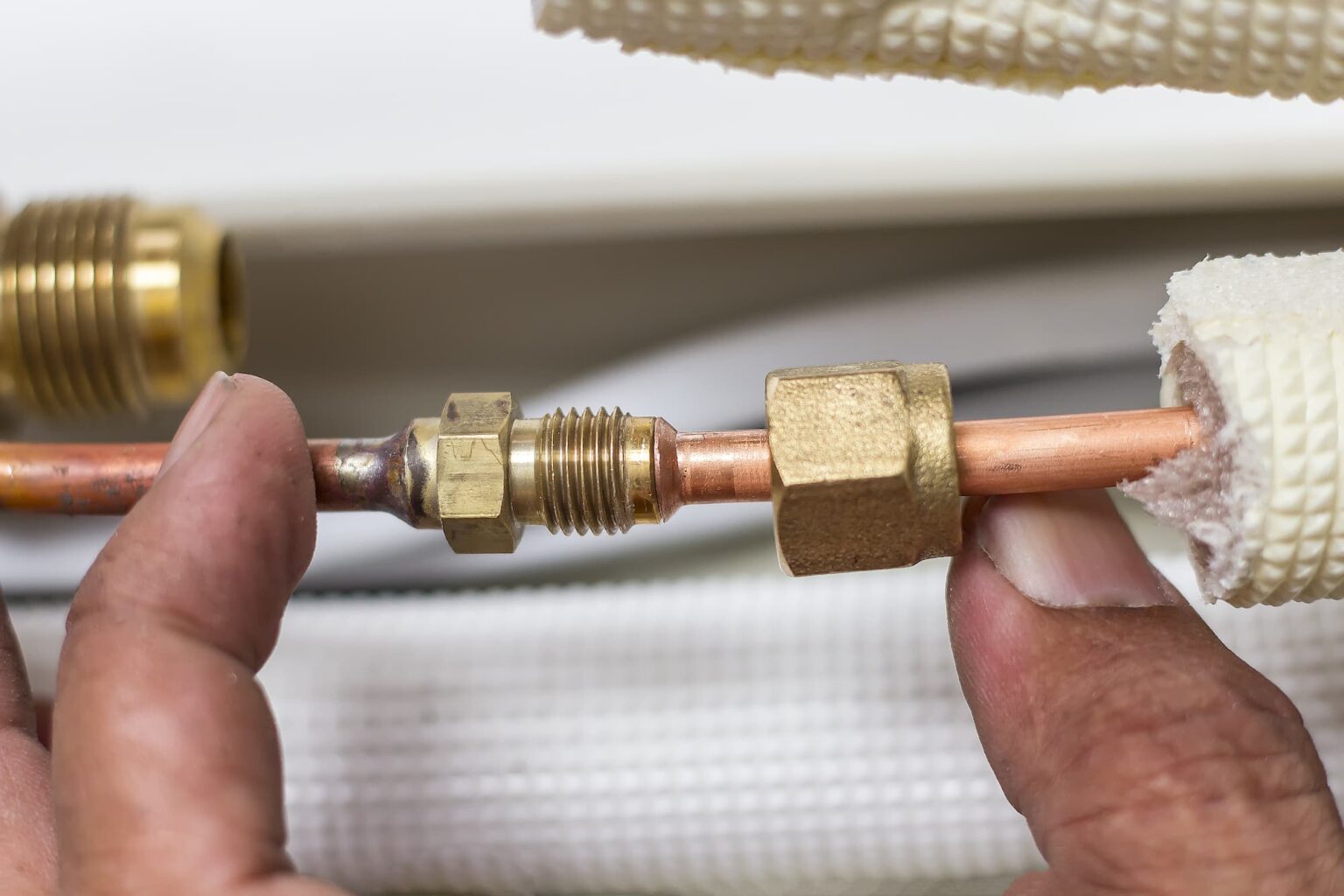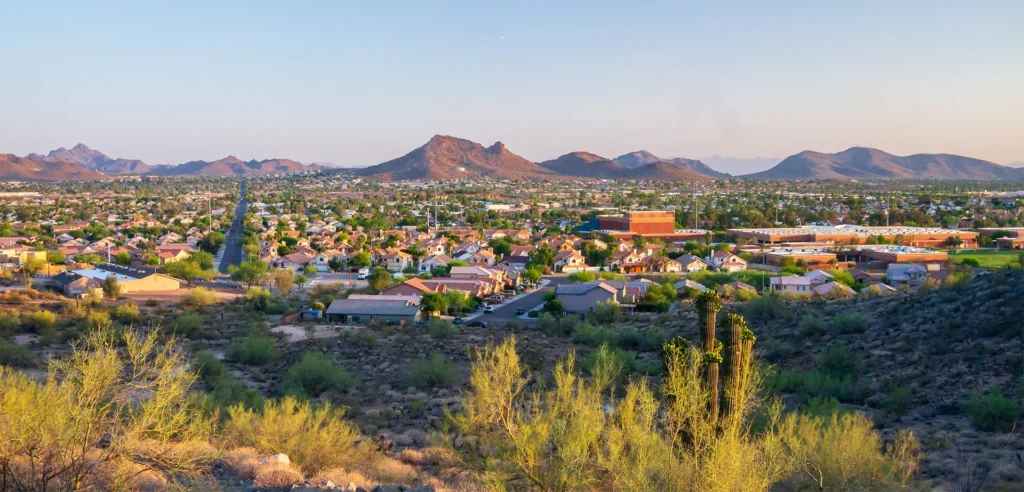After reading this blog, you should have three key takeaways:
- What can happen if your pipes are not insulated.
- Which pipes need protection.
- Ways to insulate outdoor water faucets and pipes.
All water pipes are at risk of extreme temperatures but none so much as those outdoors. When the temperatures drop in the Phoenix, AZ, and surrounding valley areas, water inside the pipes can freeze. When that happens, it not only prevents the flow to the indoors, but the frozen water can cause damage to the pipe. Unfortunately, it could be days or weeks before the extent of the damage is known. However, once the ice melts, the destruction can be swift and widespread.
Why Do Pipes Freeze?
When any conduit that holds and transports water, such as your outdoor water pipes, is exposed to low temperatures, the risk of freezing is real. Why is that a problem? Freezing water expands. Because pipes are not elastic, the pressure from the expansion will cause the pipes to crack or burst under strain.
Insulated pipes are like putting on a coat, hat, and mittens in freezing weather. While it doesn’t necessarily mean you won’t get hypothermia or frostbite in freezing temperatures, it dramatically decreases your risk. Insulating your water pipes lowers the risk of the water freezing inside the pipe, which reduces the risk of cracks, breaks, and the inevitable water damage that occurs once the ice thaws. Your goal is to stop the damage before it starts.
Where to Insulate Water Pipes?
Many homeowners assume they only need outdoor water pipe insulation. That is only partially true. Any pipe in your home that is not well insulated and in an unheated space such as an exterior wall, basement, attics, or crawl spaces is at risk. For all other interior pipes exposed to heated areas, adding insulation should not be necessary.
There are many benefits to insulating your water pipes, including:
- Prevent pipes from freezing and bursting
- Save energy and money
- Mitigate heat loss
- Prevent condensation
- Minimize contraction and expansion
Those benefits can be realized by insulating both the hot- and cold-water pipes.
Hot Water Pipes
Insulating your hot water pipes is a great way to lower your energy costs. First, it prevents heat loss, so you keep your hot water hot. This is an important consideration for homeowners with a traditional tank-style water heater. You’ve already paid to heat it, so minimizing heat loss keeps you from having to spend money and energy to reheat it often due to cooling.
Another way hot water pipe insulation can save money is that it can actually add to the temperature of your water without you having to turn up the water heater. It also has the dual benefit of saving water and energy, as the higher temp means it takes less time for the water to get hot for your bath, shower, or dishes. Particularly in older homes, you can sometimes get loud noises when you run hot water. Insulating the pipes can mitigate the noise from metal pipes expanding with the hot water flow.
Cold Water Pipes
While the cold water pipes don’t need to minimize heat loss, they can be subject to sweating from humidity. Without insulation, condensation can build up and raise the humidity even more, particularly in basements. If you are already working with a professional to insulate your hot water pipes, it shouldn’t add much to the budget to take the next step and have your cold water pipes insulated for additional benefits.
You already know that pipes in unheated areas can freeze in low temperatures. But consider that the same lack of temperature control that leads to freezing can also mean that they are also subject to high temperatures. As a result, our days in the Phoenix, AZ, and surrounding valley areas can get quite hot. That can cause different issues.
No one wants to turn on their faucets for a cool, refreshing drink only to get a glass full of warm water. Insulating your cold water pipes can help to keep your cool water, well, cool. Just like keeping your hot water hot means you don’t have to waste water waiting for it to heat up, keeping your cold water from turning hot saves water, as well.
Another less obvious benefit of insulating your cold water pipes in areas that aren’t temperature controlled is avoiding condensation. High heat and humidity can cause metal pipes to sweat. That condensation has to go somewhere, which means that water from pipes in the attic can drop onto your ceiling. Over time that leads to staining or, in extreme cases, holes that put anything underneath at risk of damage.
Add Insulation to Exposed Pipes & Fixtures
At Day & Night Air Conditioning, Heating & Plumbing, there are many things we recommend to ensure exposed plumbing fixtures are safe. While some you can do yourself, much of what we’ve discussed in this blog is better left to a plumbing professional, particularly in attics, walls, and crawlspace. Some of the steps we recommend to homeowners for how to insulate outdoor water pipes include the following.
Outdoor Faucet Covers
Covering outdoor faucets is one of the simplest ways to prevent damage from freezing. A hard foam faucet cover is easy to put on when the temperatures dip and easy to remove when you need access to the faucet. It can also protect your faucet from damage due to falling debris in ice storms. They are easy to find in most hardware stores or online retailers.
Foam Pipe Sleeves
Long straight pipes exposed to the elements like pool or sauna equipment can benefit from foam pipe sleeves. They come in a variety of common diameters to serve a wide range of pipes for various applications. Foam sleeves are a low-cost and quick way to add freeze protection to long expanses of external pipes.
Pipe-Wrap Insulation
Small lengths of exposed pipe can be protected by insulating with pipe-wrap insulation. This flexible insulation comes in several forms. Options include rubber tape-backed flexible foam, bubble wrap style, foam and foil insulation, rubber pipe insulation tape, or foil-backed natural cotton wrap.
Additional Tips for Protecting Your Pipes From Freezing
Regardless of how well-insulated you may think your pipes are, freezing temperatures are a threat to your home. By taking a few extra precautions, you can further lower your risk. If possible, turn off the water to your outdoor faucets and drain them of water before covering them prior to a hard freeze. If that isn’t possible, occasionally take off the covers and run the water periodically to make sure it is still running freely. Don’t forget to reattach the covers securely when you are finished.
Let the Professionals at Day & Night Air Conditioning, Heating & Plumbing Help
If you need assistance insulating your pipes, reach out to our professionals to receive assistance. Our team of expert plumbers in Mesa, Arizona have the training, tools, equipment, and expertise to handle your most challenging issues. Our goal is to help identify risk areas, protect your home, and keep your plumbing working optimally. Contact us today for an appointment to see how to protect your pipes.
Featured Image: Nazarova Mariia/Shutterstock

